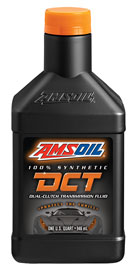Generally with todays vehicles it’s not an issue but you should check the particular recommendations in the owners manual John Baker | Oct 08, 2018 11:51 AM Motorists sometimes ask if they should use a lighter viscosity of motor oil once winter arrives. Yes – provided your vehicle manufacturer allows it. Run out to your […]
You are browsing archives for
Tag: viscosity
Can I Use Transmission Fluid in Oil to C...
Can I Use Transmission Fluid in Oil to Clean My Engine? Yeah – those youtube rescue channels all show using ATF to clean out the engine – they’re doing it the hard way… ATF is not made to clean sludge from engines. Instead, it’s best to use a dedicated engine flush. _by Phil Collinsburger |May […]
OE 0W-16: Light and Strong
OE 0W-16: Light and Strong Now in stock in Sioux Falls. Exit 73 behind Marlins! A 0W-16 viscosity motor oil may seem exotic to North American drivers, but as fuel efficiency requirements increase, it may become a common recommendation of manufacturers worldwide. Japanese engineers have long experimented with ultra-thin motor oils, and 0W-16 has been […]
How Does a Dual-Clutch Transmission (DCT...
The Function of a Dual-Clutch Transmission Market Technology before it’s ready! John Baker|Jan 02, 2020 11:43 AM A dual-clutch transmission (DCT) is synonymous with high performance. Compared to a traditional automatic transmission, it delivers… Faster, smoother shifts Increased fuel economy Improved performance Surprise breakdowns (well they’ll solve that soon) Although the DCT transmission dates to […]



